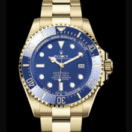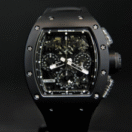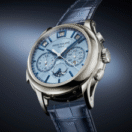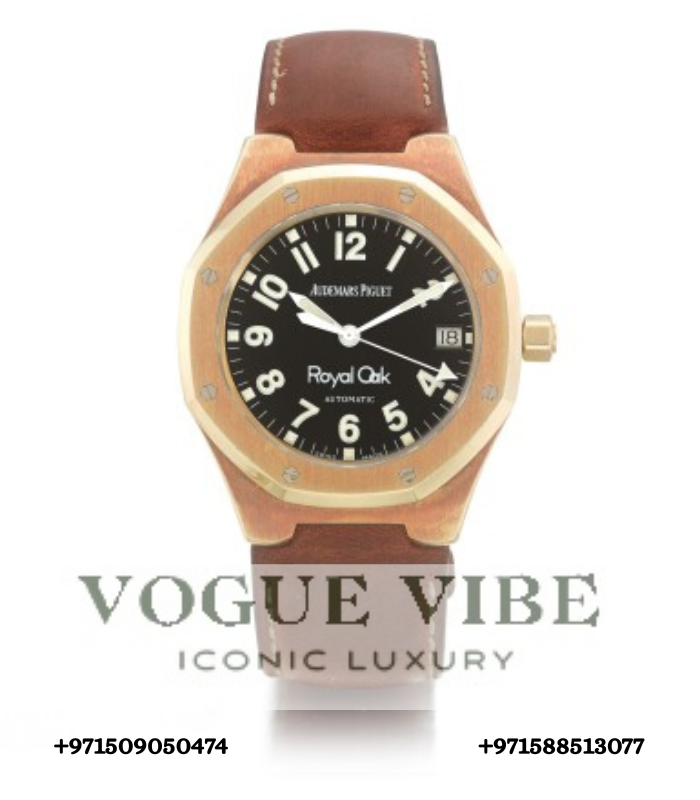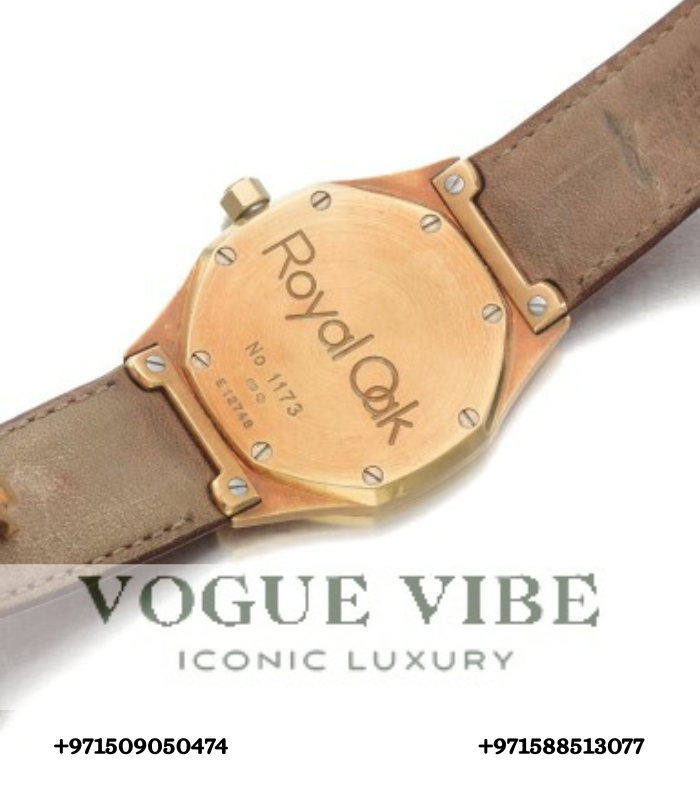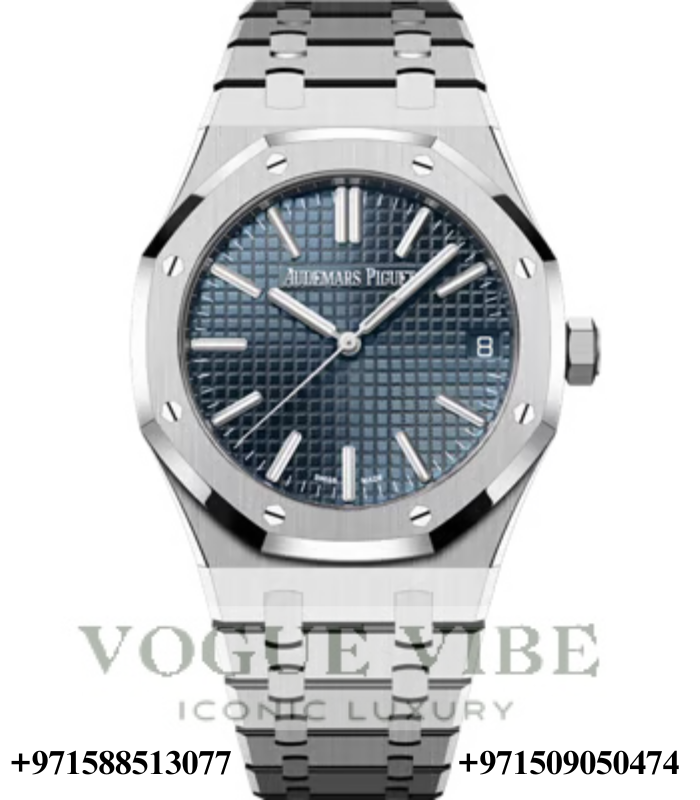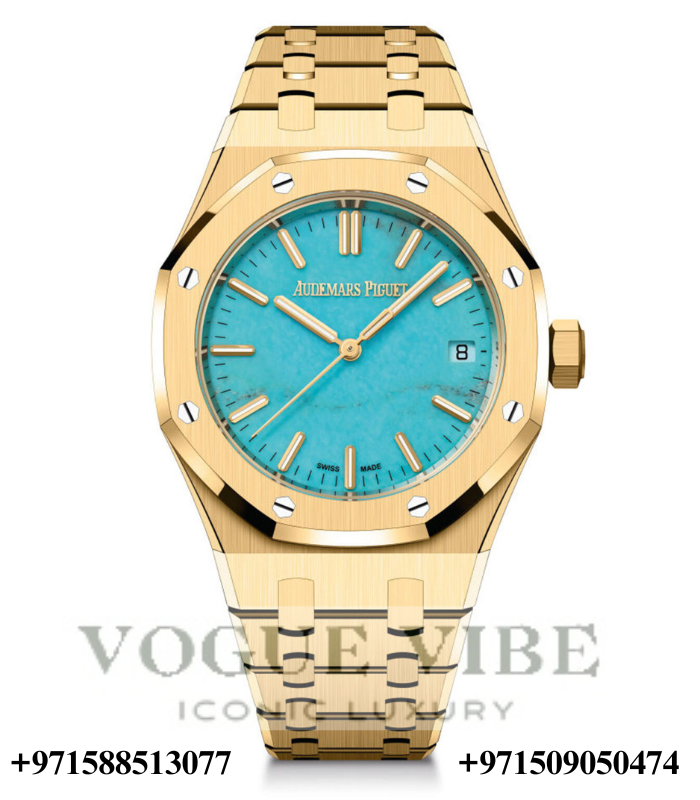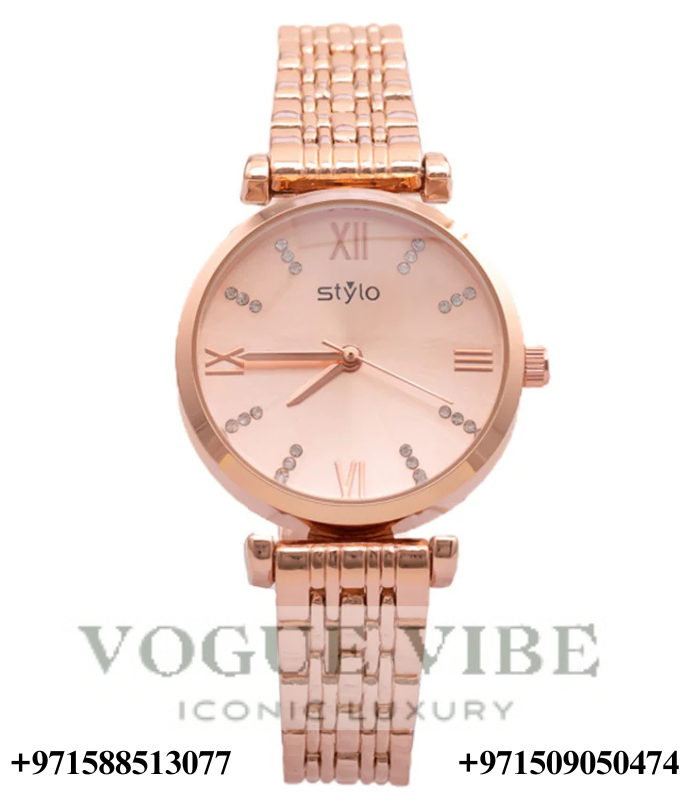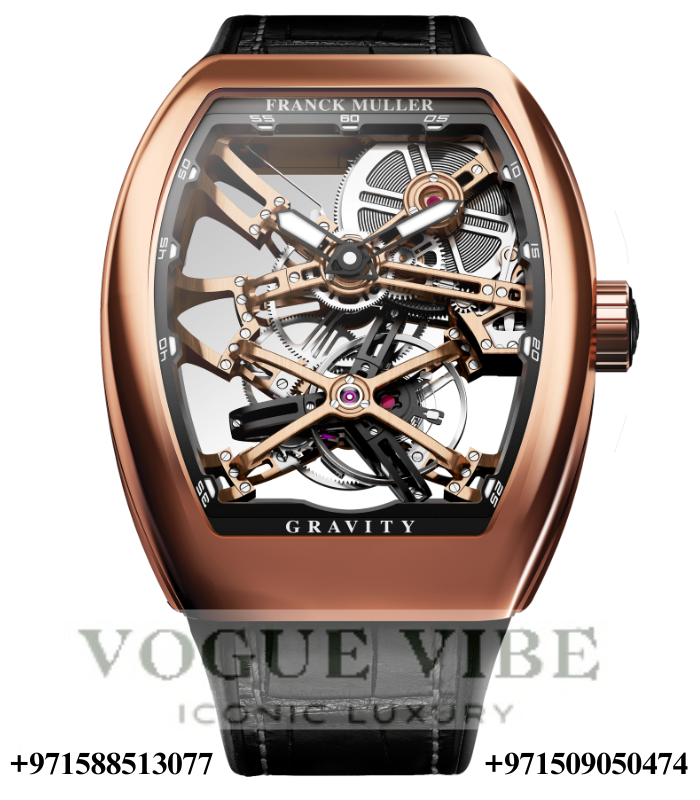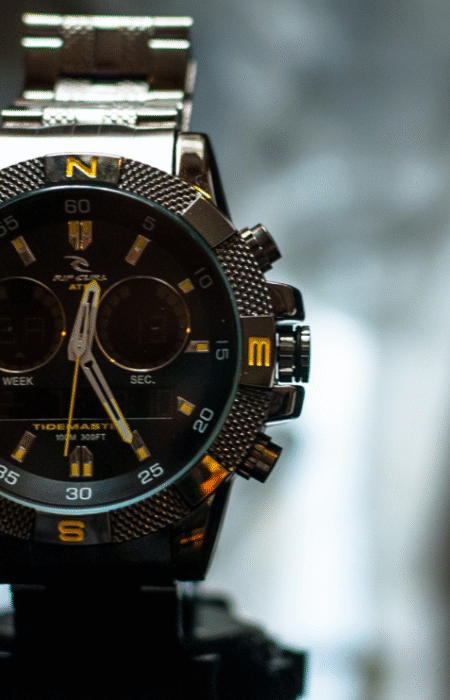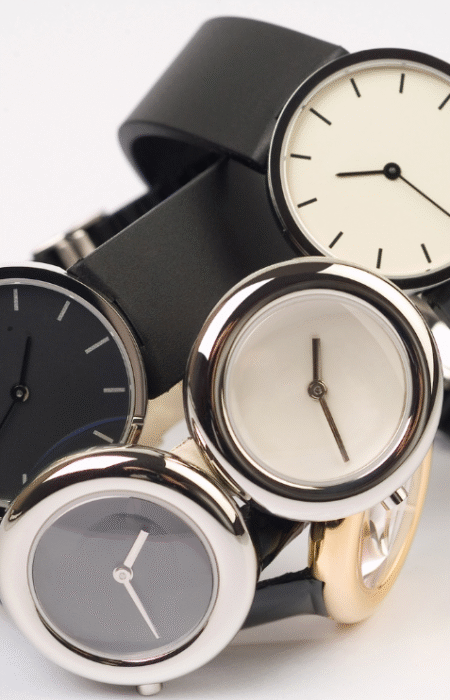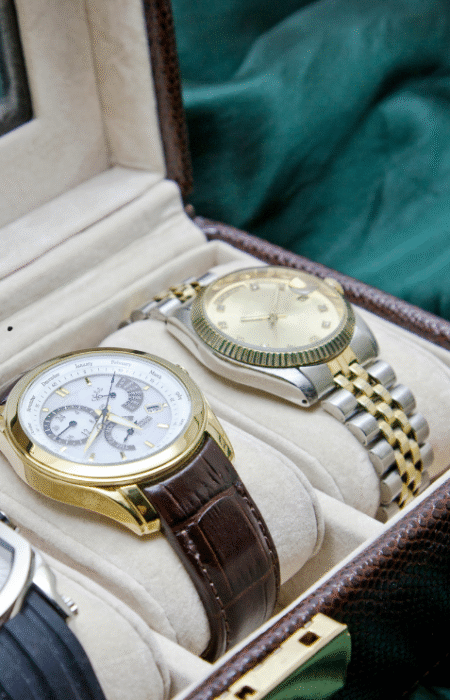Blog
Patek Philippe vs. Rolex: Which One Reigns Supreme?
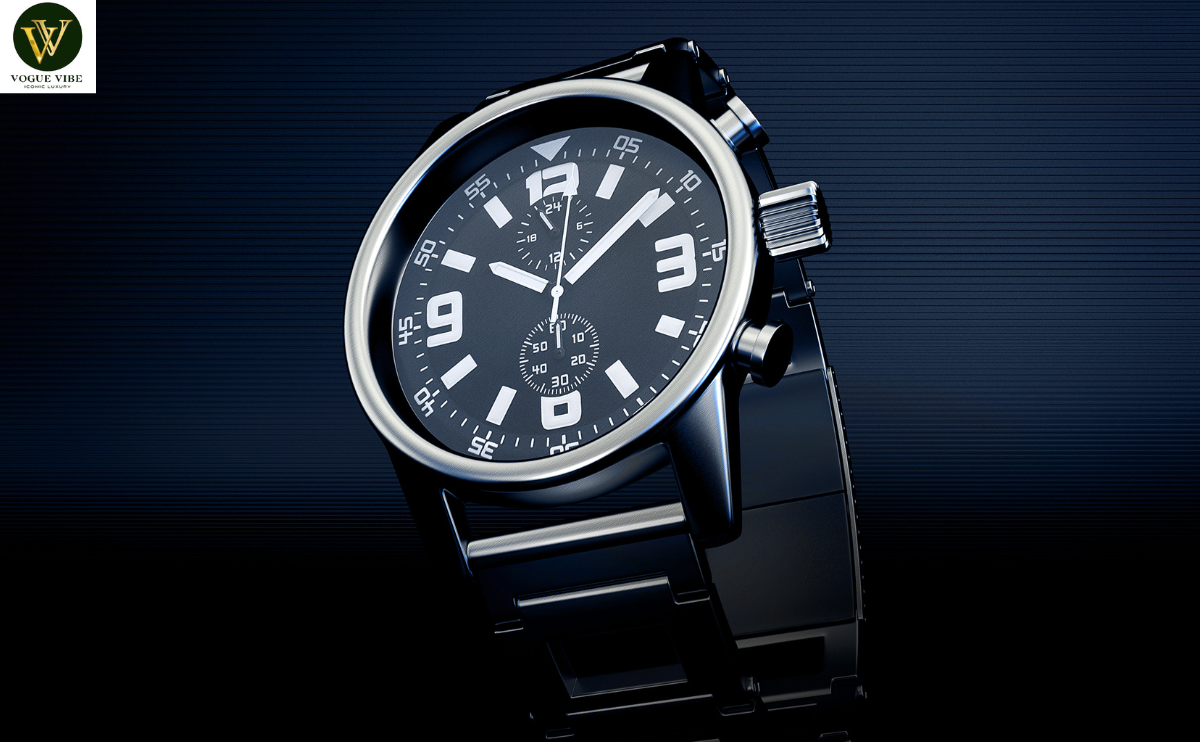
In the world of luxury watches, two names consistently dominate the conversation: Patek Philippe and Rolex. These brands are more than just manufacturers of high-end timepieces—they represent heritage, prestige, and craftsmanship on an elite level. But when it comes down to it, which one truly reigns supreme?
Let’s break down the key differences—and similarities—between Patek Philippe and Rolex, so you can decide which crown fits your wrist best.
Brand Heritage and History
Patek Philippe:
Founded in 1839 in Geneva, Switzerland, Patek Philippe is one of the oldest watchmakers still in operation. Known for its tradition of fine watchmaking and innovation, Patek holds a legacy of royal patronage and historical significance. The brand has created timepieces for Queen Victoria, Albert Einstein, and Pablo Picasso.
Rolex:
Rolex, though younger, was founded in 1905 and revolutionized the watch industry. It introduced the first waterproof wristwatch (the Oyster) and the first automatic date on the dial (Datejust). Rolex watches have been worn on Mount Everest, deep-sea dives, and even into space.
👉 Verdict: Patek Philippe wins in terms of age and classical heritage, while Rolex leads in innovation and adventure-driven legacy.
Accessories
Craftsmanship and Movements
Patek Philippe:
Every Patek Philippe watch is a masterpiece. The brand produces nearly all of its components in-house and is known for hand-finished mechanical complications, like perpetual calendars, tourbillons, and minute repeaters. Many models are hallmarked with the Patek Philippe Seal, ensuring a level of craftsmanship above even the COSC standard.
Rolex:
Rolex watches are known for their durability, precision, and reliability. Most Rolex calibers are COSC-certified chronometers, built for daily wear and resistant to shock and environmental extremes. Rolex has fewer complications, focusing more on robustness than delicate complexity.
👉 Verdict: Patek Philippe takes the lead in haute horlogerie and craftsmanship. Rolex excels in practicality and performance.
Resale Value and Investment Potential
Patek Philippe:
Some Patek Philippe watches, especially discontinued or limited-edition models, appreciate significantly over time. The Nautilus 5711, for instance, became a grail watch with auction prices reaching several times its retail value.
Rolex:
Rolex is king of resale value. Models like the Daytona, Submariner, and GMT-Master II often sell above retail, especially in the gray market. The brand’s controlled production and high demand keep prices steady—and often rising.
👉 Verdict: Rolex is more consistent in resale value. Patek has higher peaks, especially for rare models.
Target Audience
Patek Philippe appeals to seasoned collectors, connoisseurs, and those who appreciate watchmaking as an art form. It’s the choice of those who buy not to show off, but to pass down.
Rolex caters to a broader audience, from first-time luxury buyers to professional athletes and business leaders. It’s a powerful status symbol and a practical timepiece rolled into one.
👉 Verdict: Patek is for refined collectors. Rolex is for status, versatility, and everyday luxury.
Design and Aesthetics
Patek Philippe:
Elegant, understated, and often conservative, Patek Philippe watches appeal to those with refined tastes. Models like the Calatrava, Nautilus, and Aquanaut are highly regarded for their timeless beauty and subtle sophistication.
Rolex:
Rolex designs are bold, iconic, and instantly recognizable. Think of the Submariner, Daytona, and Datejust—these are watches that have become symbols of status and success across generations.
👉 Verdict: Patek for understated elegance; Rolex for bold, universal appeal.
Exclusivity and Availability
Patek Philippe:
Patek produces fewer watches annually (around 70,000 pieces) compared to Rolex. Certain models, like the Nautilus or Grand Complications, can have waitlists of several years—or may never be available at retail to the average buyer.
Rolex:
Although Rolex produces over 1 million watches per year, their most sought-after models (like the Submariner or Daytona) are extremely difficult to find at authorized dealers, fueling a strong secondary market.
👉 Verdict: Patek is more exclusive by nature, but both brands are equally hard to obtain in their most iconic forms.
Final Verdict: Which One Reigns Supreme?
It depends on what “supreme” means to you.
If you value heritage, handcrafted complexity, and exclusivity, Patek Philippe is the undisputed winner.
If you prioritize durability, recognizability, strong resale, and all-around performance, Rolex stands supreme.
Ultimately, both brands represent the pinnacle of watchmaking in their own ways. Patek Philippe is the gentleman’s choice, rooted in legacy and refinement. Rolex is the adventurer’s pick—bold, rugged, and timeless.


